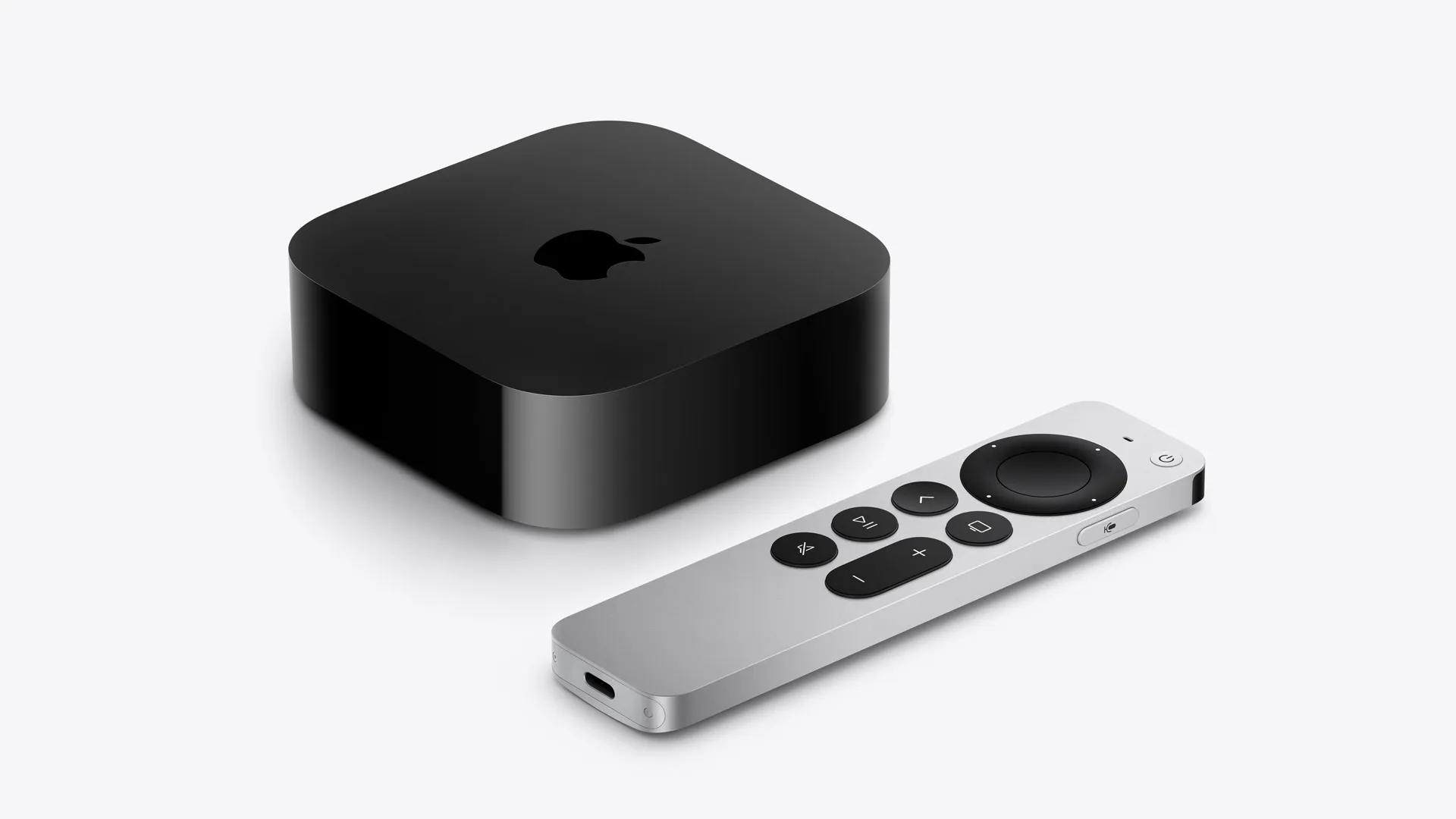Facial recognition technology has garnered
significant attention in artificial intelligence for its accuracy
and applications. However, AI's capabilities extend far beyond
facial recognition. One of the most promising and impactful
advancements is in object recognition. Rank One Computing (ROC) AI
is at the forefront of this innovation, pushing the boundaries of
what object recognition technology can achieve. This article delves
into how ROC AI's advanced object recognition technology
revolutionizes various industries and enhances our daily
lives.
Understanding Object
Recognition
Object recognition is a subset of computer
vision that enables machines to interpret and understand the visual
world. It involves identifying and classifying objects within an
image or video stream. Unlike facial recognition, which focuses on
identifying human faces, object recognition encompasses many items,
such as vehicles, animals, tools, and more. This technology is
pivotal for numerous applications, from enhancing security systems
to enabling autonomous vehicles.
The Technology Behind ROC AI's Object
Recognition
ROC AI leverages state-of-the-art algorithms
and deep learning techniques to achieve exceptional accuracy in
object recognition. The core technology behind ROC AI's prowess
lies in its sophisticated convolutional neural networks (CNNs).
These neural networks are trained on vast datasets, allowing the AI
to recognize and classify objects with high precision.
Critical features of ROC AI's object
recognition
technology include:
-
High Accuracy:
ROC AI's algorithms are among the best in the industry,
consistently ranking high in accuracy and reliability
benchmarks.
-
Speed and
Efficiency
: The technology is optimized for
fast processing, making it suitable for real-time
applications.
-
Scalability: ROC
AI's solutions are designed to scale and can handle large volumes
of data without compromising performance.
Applications of ROC AI's Object
Recognition
The versatility of ROC AI's object recognition
technology opens up numerous possibilities across various
sectors:
-
Security and
Surveillance
One of object recognition technology's most
significant applications is security and surveillance. ROC AI's
systems can automatically detect and identify objects such as
weapons, unattended bags, and suspicious vehicles in real time.
This capability enhances the effectiveness of security personnel
and reduces response times during critical situations.
For instance, in crowded places like airports
or stadiums, ROC AI's object recognition can continuously monitor
potential threats, providing an additional layer of security. The
system's ability to operate independently without constant internet
connectivity makes it ideal for deployment in remote or
high-security locations.
-
Autonomous Vehicles
Autonomous vehicles rely heavily on object
recognition technology to navigate safely. ROC AI's advanced
algorithms enable these vehicles to accurately identify and react
to various objects on the road, including other cars, pedestrians,
traffic signals, and obstacles. This technology is crucial for
developing fully autonomous driving systems that can operate safely
in diverse environments. The speed and accuracy of ROC AI's object
recognition ensure that autonomous vehicles can make split-second
decisions, significantly enhancing road safety and reducing the
likelihood of accidents.
-
Retail and Inventory
Management
In the retail industry, object recognition
technology can revolutionize inventory management. ROC AI's systems
can automatically track and manage inventory levels by identifying
products on shelves. This reduces the need for manual inventory
checks, streamlining operations and minimizing errors.
Additionally, object recognition can enhance the shopping
experience by enabling features such as automated checkout.
Customers can pick up items and walk out of the store, with the
system recognizing the products and automatically charging their
accounts.
-
Healthcare
ROC AI's object recognition technology in
healthcare can assist in various diagnostic and treatment
processes. For example, it can analyze medical images, identify
abnormalities, and aid in early diagnosis. This can be particularly
useful in fields such as radiology, where accurate and timely
identification of issues is critical. Object recognition can also
be applied in surgery, where it can help identify surgical
instruments and ensure they are correctly used and accounted for,
reducing the risk of errors.
-
Agriculture
Farmers and agricultural professionals can
benefit from ROC AI's object recognition technology to monitor
crops and livestock. The technology can identify plant diseases,
track animal movements, and even count livestock, providing
valuable data to improve farm management and productivity. For
example, drones equipped with ROC AI's object recognition can
survey large fields, detect pest infestations or nutrient
deficiencies, enable timely interventions, and improve crop
yields.
The Future of Object Recognition with
ROC AI
The potential applications of ROC AI's object
recognition technology are vast and continually expanding. As the
technology evolves, we can expect to see even more innovative uses
that enhance efficiency, safety, and convenience across various
industries.
ROC AI remains committed to advancing its
technology through continuous research and development. By
leveraging the latest AI and machine learning advancements, ROC AI
ensures that its object recognition systems remain at the cutting
edge of innovation.
ROC AI is revolutionizing the field of object
recognition with its advanced technology and unparalleled accuracy.
From enhancing security and surveillance to enabling autonomous
vehicles and improving healthcare, ROC AI's object recognition
applications are vast and transformative. As we continue exploring
this technology's possibilities, ROC AI stands as a leader, driving
the future of AI-powered object recognition and its impact on our
world.
By understanding and harnessing the power of
ROC AI's object recognition, industries can achieve greater
efficiency, safety, and innovation, paving the way for a brighter
and more secure future.














